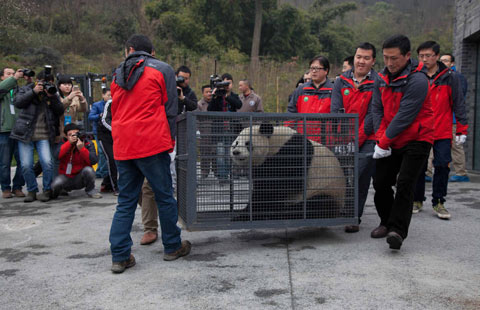Managing cultural assets starts with a head count
Updated: 2014-03-07 08:21
By Lin Qi (China Daily USA)
|
||||||||
To better manage the nation's fine art storage, the Ministry of Culture has started a census of collections at all State-owned art institutions nationwide. The census will stretch until the end of 2016.
"Compared to the active trading on the art market, the State's collection of fine arts falls short in terms of investment and preservation and is neither systematically planned nor made full use of. It's mainly because we don't get an accurate picture of the national treasury," says Vice-Minister Dong Wei.
He says the survey will lead to a catalogue that includes more than 31 indexes to record each artwork and image, as well as give an idea of how the collections are distributed. It will also lay the foundation for establishing a digital database, in which the public will be able to access more artworks, and the museums can share their resources.
The survey is part of a national campaign launched in 2012 to manage, distribute and display its cultural assets. The project started as the annual exhibition season began. It encourages State-owned art museums and galleries to showcase their collections through carefully curated exhibitions, and to enhance the sorting and studies of these works.
During the 2013 exhibition season, which ran from August until November, 30 museums displayed more than 3,200 artworks from their collections, attracting some 1.5 million viewers.
There are now more than 250 State-owned art museums and galleries. The figure continues to rise as more art museums mushroom in Shandong, Sichuan and Shanxi provinces, and the Guangxi Zhuang and Xinjiang Uygur autonomous regions.
Many of these new art museums and galleries have enriched their city's skyline with an extravagant coating but overlook their biggest problem-an empty storehouse. The well-established museums, on the other hand, boast abundant collections but only a small fraction is accessible to the public.
To solve the imbalanced distribution of collections, well-established museums, mostly located in Beijing and Shanghai, would display their collections in provincial- and city-level museums.
The National Art Museum of China, for example, loaned about 5,000 works from its storage of 110,000 items to other museums across the country last year. A landmark work of China's modern art history, Luo Zhongli's Father travels so frequently to boost the image of newly opened museums in second- and third-tier cities that the NAMOC finds it impossible to exhibit the oil painting as a permanent display.
The constant tours also put the artworks on loan at risk of damage.
Apart from the exterior of the building, visitors distinguish one museum from another based on their collections and academic features, says NAMOC's director Fan Di'an.
"The census will give a boost to academic researchers at museums with affluent collections and help them to reinvent permanent display," he says.
"It will also help new museums outline a sensible collection plan."
The data will be helpful information when the government drafts policies related to the State's art collection, not just in terms of increasing financial input.
Fan says the census will help balance the distribution of private artworks with the public collection system, so that they are not highly concentrated in only one or two museums.
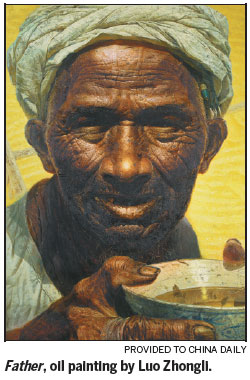
(China Daily USA 03/07/2014 page15)
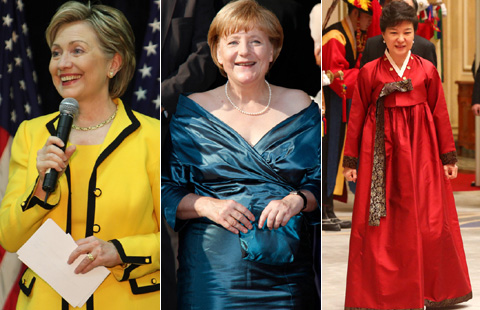
 Fancy dresses of world female leaders
Fancy dresses of world female leaders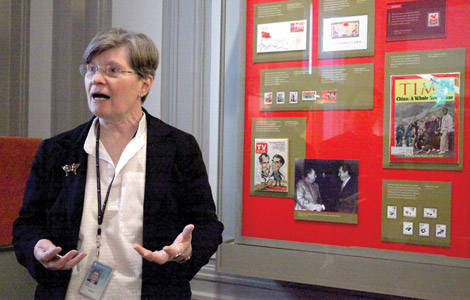
 China-US relations as revealed in stamps
China-US relations as revealed in stamps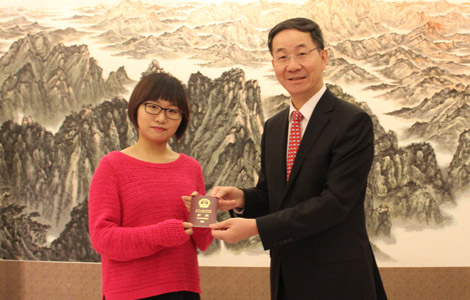
 Electronic passports now available in NY
Electronic passports now available in NY
 Top 10 most expensive cities in the world
Top 10 most expensive cities in the world
 Ten lucky students off to China
Ten lucky students off to China
 Doggie Gras Parade Celebration in US
Doggie Gras Parade Celebration in US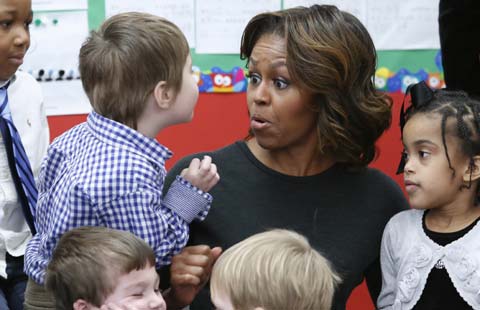
 US first lady preps for China visit
US first lady preps for China visit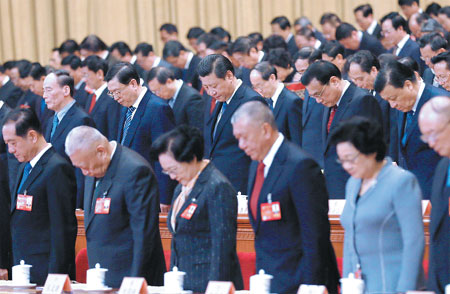
 US: Train depot attack 'terrorism'
US: Train depot attack 'terrorism'
Most Viewed
Editor's Picks

|

|

|

|

|

|
Today's Top News
Crimea referendum would violate law: Obama
US House passes Ukraine aid bill
DPRK missile 'near misses' airliner
Premier Li puts accent on reform
US motor-maker revs up in China
China declares 'war' on pollution
China-US relations as revealed in stamps
E-passport available in NY
US Weekly

|

|


